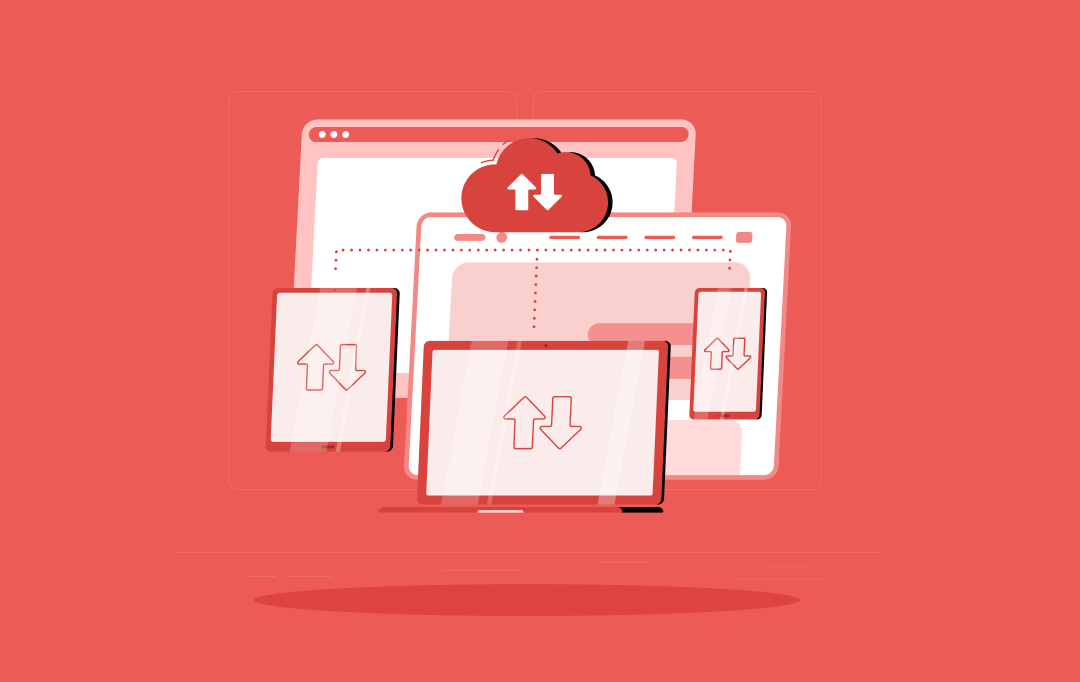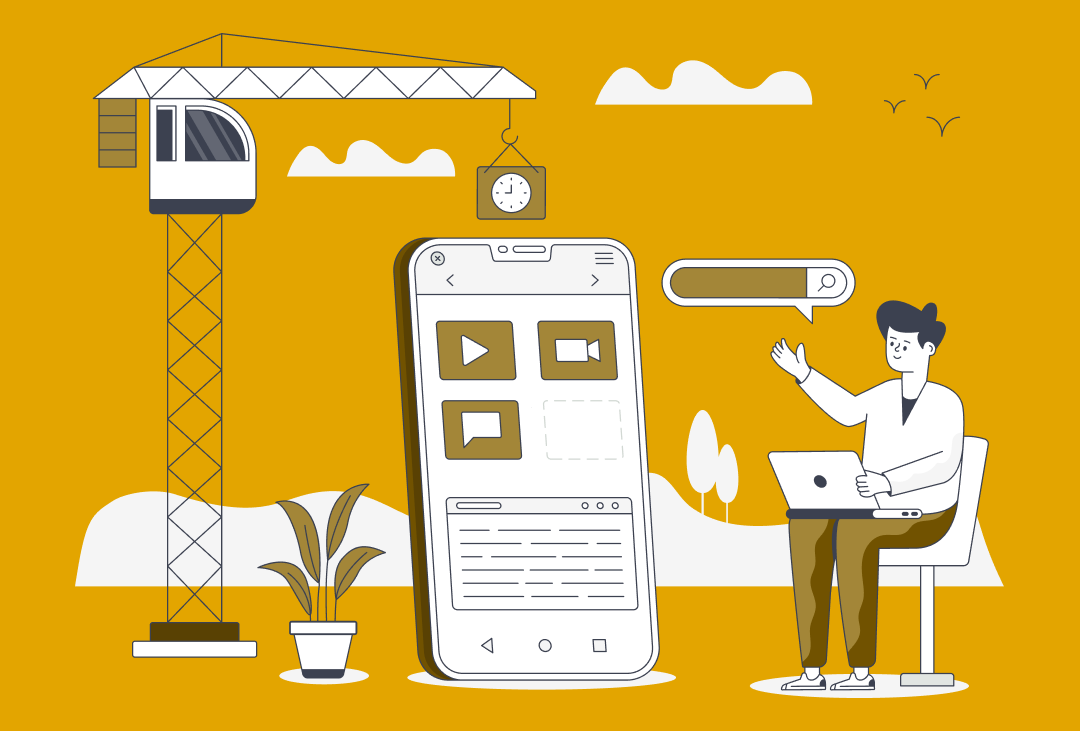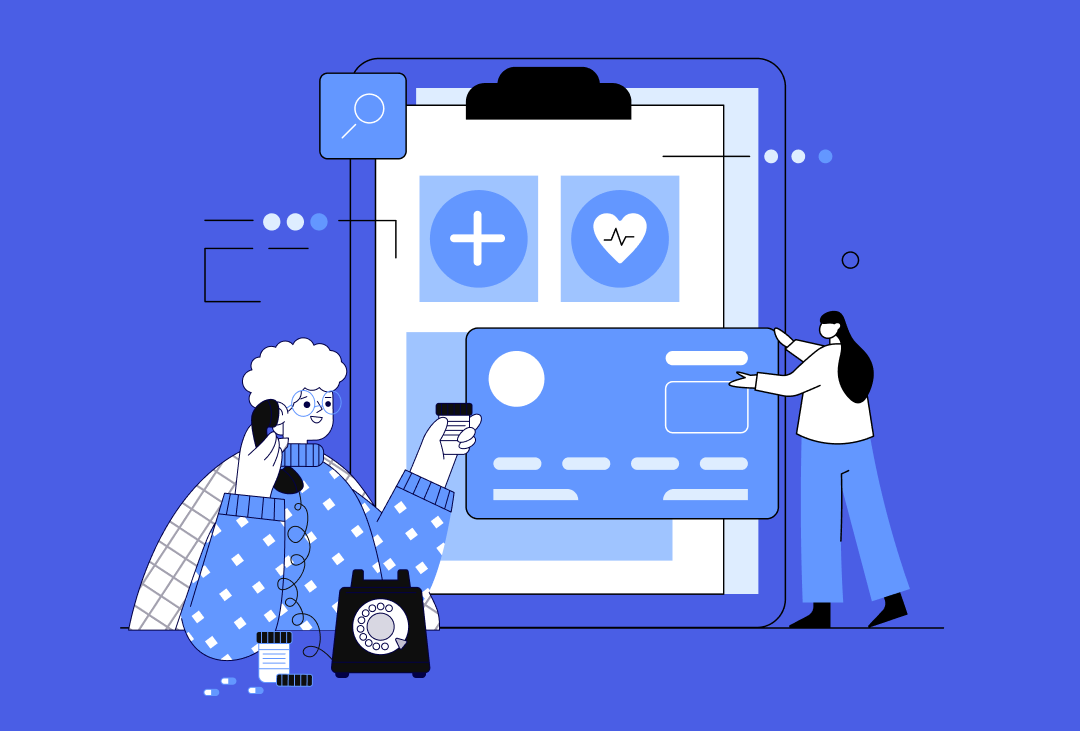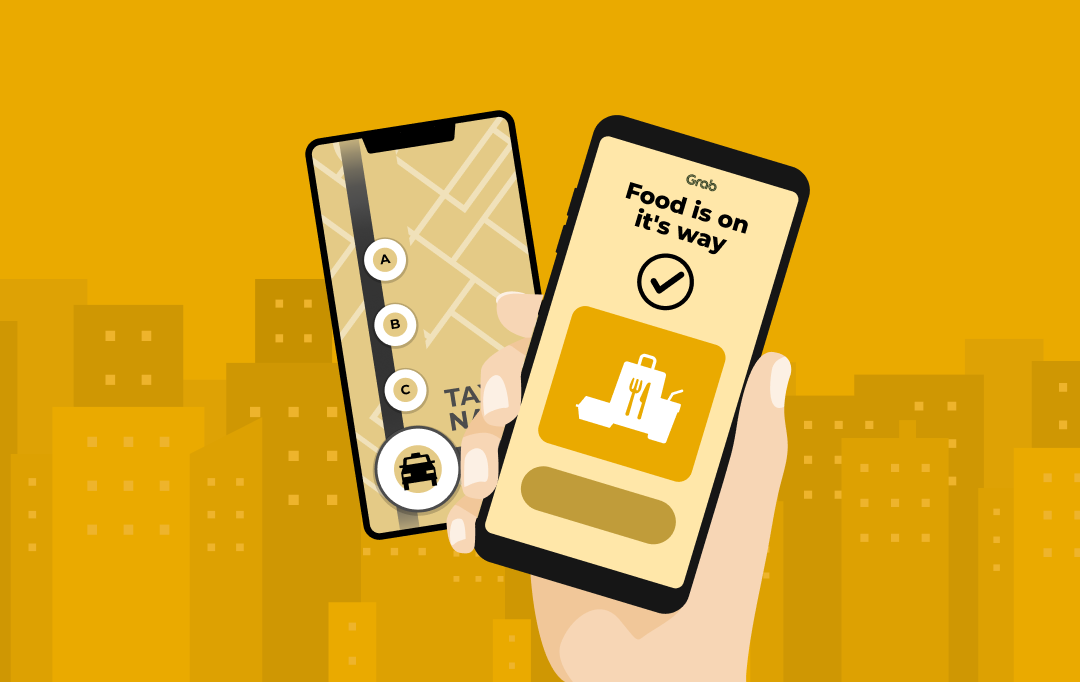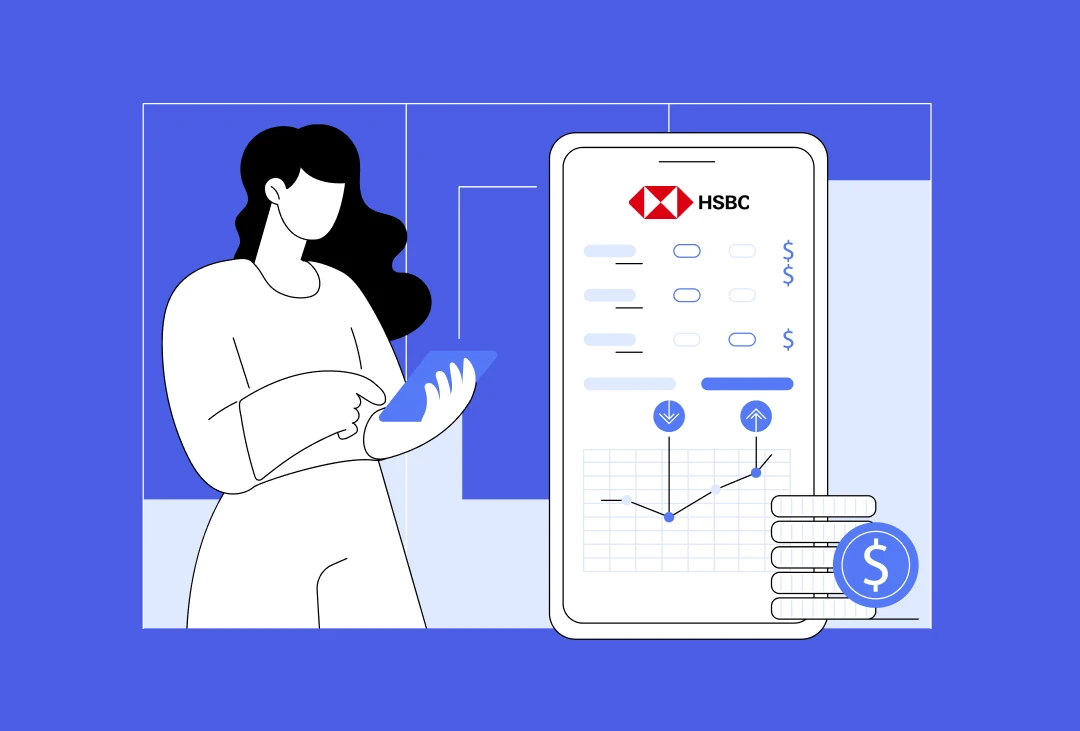You may come across the name “Android” or even “Google” at least once a day, if not more. This is the extent of its popularity.
What is more, Play Store statistics show that Google Play’s revenue for 2018 was estimated at $34.4 billion, an increase of 27.8% in the last year’s amount. This is evidence enough of the unprecedented growth of the Play Store, formerly known as the Android Market. To add to its crown, Play Store witnesses the daily app downloads of almost 250 million.
If you need more solid reasons as to why Android apps are popular among the businesses and developers alike, then let’s head towards the benefits of developing Android app.
Table Of Content:
- Why Business Opt for Android App Development?
- Formula to Estimate Android App Development Cost
- Factors Contributing to the Cost to Develop Android App
- A Comparison of Android vs iOS App Development Cost
- Conclusion
- Frequently Asked Questions (FAQs)
Why Business Opt for Android App Development?
A Vast Customer Base
You are definitely not a stranger to the popularity of the Android platform among the users. This fame is justified by the fact that the app downloads of Android for 1H 2018 and 2019 increased by 16.4% amounting to 41.9 billion downloads. This signifies that as a business, your app can enjoy the exposure to million users and will eventually attract higher ROI.

Highly Cost-effective
It is a well-known fact that Android in comparison to Apple is more cost-efficient, so evidently, this quality also passes down to the cost to develop Android app. Android apps are cost-effective as there is only a one-time fee of $25 at the time of registration. What is more, there is a wide range of tools and
Android libraries available for app development, which further makes the whole development process less costly.
Easy Integration
The android platform grants inner app integration along with effective customization matching the requirements of the business by providing appropriate tools. These apps are easy to integrate with third-party APIs which helps in reducing the development time.
Compatibility with Devices
Another benefit of developing Android apps is that they are compatible with a myriad of devices available in the market. Because Android rules the market, there is a huge fraction of manufacturers (Samsung, One Plus, etc) developing devices for the Android platform. One of the core reasons behind this is the affordability of Android-powered devices in comparison to that of Apple.
Highly Customizable
Android applications are highly customizable because Play Store guidelines give a lot of room for innovation. As a business, your application should reflect your business vision and this precisely can be achieved with Android mobile app development. In fact, Android renders high scalability as well which is a crucial point for any startup or even a fully-grown business as well.
Now, if you are really impressed with the Android platform you would want more information before choosing it for your mobile app development needs. So naturally, the next thing you will think about is the inevitable question of “How Much Does an Android App Development Cost?”
Though it is hard to assign a fixed number, we can work our way around some prominent elements that heavily contribute to determining the cost of every Android app. But before that, let’s see how the Android application development cost calculator formula looks like.
Formula to Estimate Android App Development Cost
To effectively calculate the cost of Android application development, a formula has been curated. It involves the amount of time (in hours) taken in the Android app development, which is then multiplied with the billable hours of the resources spent in the whole development process.

Factors Contributing to the Cost to Develop Android App
Process of App Discovery
This is the initial and also a crucial stage in the process of app development. App Discovery is the process of justifying and validating the app idea. There are several ways and methods used by the Android application builders to complete this task, and one of them is Design Sprint. This process can last upto 5 days, if not more.
Let’s have a look at the methods employed in the App Discovery process leading up to the final development cost of android app.
- Research and Analysis of the Market
There are numerous activities that make up this process which significantly contribute to the cost to develop an Android app. The research of the market involves competitor analysis. In this, we focus primarily on areas such as devices used by customers, in-demand and appreciated features, and also the elements posing as a hurdle in impeccable user experience.
By examining the applications similar to the app idea, here we establish our expectations regarding what features may get included in the application.
- Setting User Personas
Creating user personas is an important cog in the machinery of effective Android app development. By determining the reasons behind the actions and decisions of the users, it will become easy to establish factors such as app size, UI/UX of the application, must-have features and a lot more. Doing this incredible helps in the Android app development cost breakdown.
- Market Capitalization
It is at this stage we put an estimation on the app idea, in terms of its market value. Some of the major contributors in determining the market value of the cost are:
- The potential of the app to attract users
- Generate revenue and higher ROI
- The amount of funding it can raise.
In short, the whole process of App Discovery is wrapped around the features and attributes any Android application must have to outshine its contenders.
Android Application Scoping and Analysis
Moving forward in the process of developing Android app, this stage consists of all the solid decisions that are made about the application such as its features, functionalities, tech-stack, etc.
Level of App Complexity
One of the qualities which contribute to an application being considered as “Efficient” and incredible is the diversity of the features it has. So, let’s have a look at some prominent features that add up to the Android app creation cost.
- Model of Deployment Architecture
Speaking of backend development, it consists of two types – BaaS and Custom.
In the Baas development, you will be given a readymade backend architecture, allowing less room for change. On the other side of the table, Custom backend development provides an architecture that is made from scratch complementing a particular application.
- Integration of Third-Party App
A lot of times, applications need to interact with other third-party applications to perform specific functions. These functions can be anything from using Google or Facebook to sign up to interact with a monetary application for in-app purchases. Functions such as these make integration third-party apps a crucial feature.
- Construction of Admin Panel
An Admin Panel is an integral part of any application as it allows the users to keep a record of the functions and activities performed in the app, analyze statistics related to the application, and also update the content on the application without involving the Android app builders.
- In-app Purchase Functionality
Many apps nowadays allow users to perform monetary transactions from within the application with the help of in-app purchases, which eliminates the app’s dependency on other modes of payment. So, doing this is going to add on to the development cost of android app.
- Using Device’s Hardware
Sometimes, applications require access to the hardware’s functionality. Say, the applications may need to use some functions like GPS Bluetooth for that matter. In which case, it is an important feature to include and will contribute to the increase in the price of Android application development.
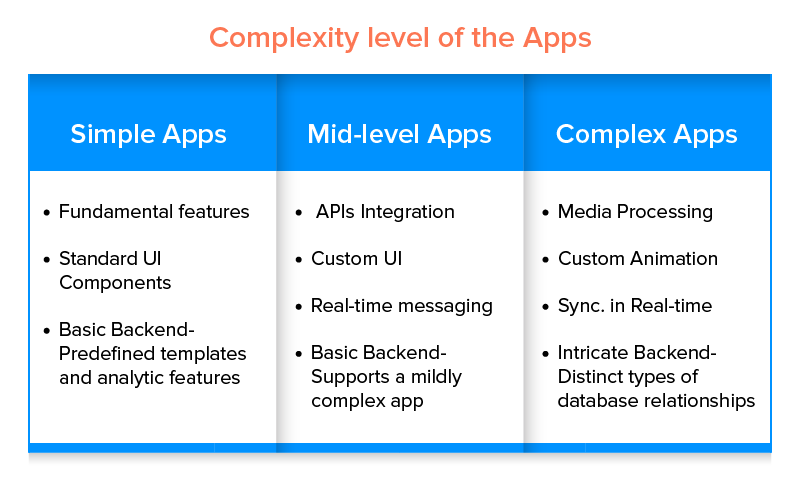
Type and Category of App
It is a given that the cost of Android app development relies on what type of Android app is being developed. There are various categories we can divide the Android applications in and they all come with their own functionalities, demographics, security criteria, and more.
- M-Commerce Apps
M-Commerce applications are at the peak of their popularity and continue to rank high in the market. These applications have diminished the need for brick and mortar stores and websites to a great extent.
Now, all this was possible because these applications are loaded with tons of features that enable the applications to perform effectively in real-time, handle millions of users at once, and have robust security. It is understandable that due to such features the cost for m-Commerce is a little steep.
- Stand-Alone Apps
Stand-alone applications are the ones that do not need third-party integration, meaning they are not dependent on any device’s functions and features. To state an example, apps like Clock, Calendar, Calculator, and more come under this category. These applications are very simple in nature so by default the cost of app development is low.
- Enterprise Apps
Enterprise applications are more specific in nature. It is because they cater to a specific user demographic, i.e., employees of any organization to act out certain functions. These applications highly require scalability and scope for changes and have to be in coordination with the changes in the organizations. Due to this, the cost of enterprise apps tends to be on the pricier side.
- Social Networking Apps
No wonder social networking applications are all the rage nowadays as they perform several functions phenomenally. They are developed with third-party integrations and are given the ability to access hardware functions such as Cameras, audio recorders, etc.
What is more, social networking apps are highly scalable in nature for they have to support millions of users at a time. As a result, their cost tends to be higher than the cost of less complex Android apps.
- Hardware-dependent Apps
All the IoT-based applications tend to be highly dependent on hardware devices for performing actions like extracting data or sending commands for a particular action. This function is enabled by implementing special ROMs, hence affecting the final cost of Android mobile app development.
- On-demand Apps
Even the simplest of on-demand applications has three versions- for users, for individuals offering services, and for the business.
Some prominent features of on-demand apps include chat support, real-time tracking and data syncing, and in-app payments. So, as a result, the cost to develop an Android app based on the on-demand model ranks high.
Android App Animation and Design
The animation and design of any Android app are again crucial factors affecting its development costs. There are various designs and animations out there, and the costs for implementing them can vary depending on the type and quality of these designs.
- UI Design
Material Design is the type of design that is used for the development of Android app to add the spirit of creativity and simplistic boldness in the mobile app designs. Whereas, for iOS, Flat Design is more ideal. So evidently, the cost of Android app design is another notch in the belt that contributes to the final cost.
- Wireframing
To create effective user experience features and maps, Wireframing is employed by the developers. Special tools like MARVEL, Balsamiq, and Photoshop are used. What is more, wireframes are always client-approved to create an application screen flow.
- Animation
Animation has become a popular method to make certain aspects of any application interesting and intuitive. More often than not, gaming and social media applications employ animations to a great degree. However, the coding and designing in animations is a really complex process, marking a hike in the cost of any Android app that uses it.
App deployment on Play Store
Everything leads up to this prominent point. Successfully submitting an app on the Play Store plays an integral part in the successful completion of the development process. However, there are certain prerequisites that must be considered. To get any app selected, there are some Play Store guidelines that need to be followed.
Additionally, there is a one-time fee of $25 that Google charges for publishing applications.
Android App Maintenance
The process for app development does not end with the application successfully getting published on the Play Store, there is much more ahead to do, i.e., App maintenance. However necessary this step is, the maintenance cost of Android apps’ frontend and backend eventually adds up to the final amount of total cost.
- Version Updates
Your app will become stagnant and essentially obsolete if it does not get updated with the latest updates in the operating system. Updating the application will ensure that it is compatible with the latest changes in the OS and is performing well.
- Improvising App Design
With the changes in technology and also the preferences of the users, we tend to change a lot of things for the better, so why not app design? There is a high need for improving the app design in order to meet users’ demands and deliver the impeccable user experience.
- Squashing Bugs
Bugs are the one sneaky element that can enter your application even when you take strict endeavors for prevention. In which case, it is important to constantly check for issues in the application that are becoming an impediment in smooth user experience and fix them as soon as spotted.
Size of Development Team
The total cost of developing Android app heavily depends on who you choose for the app development. There are two choices at hand – a proficient app development company or a freelance developer.
If you choose a startup development company or even a group of freelance Android app developers, the cost of the developed app will amount to be low. The reason behind it is they will entirely focus on enhancing their portfolio and monetary gains will come second in the priority list.
Opposed to this, a company with a bigger team size will focus on clients who can pay more as it has a lot of mouths to feed. However, the quality of the end product will definitely be worth it and will be superior to that of freelance developers. It is because an organization has access to the latest tech-stack and professionals who work diligently in making the applications the best it can be.
However, there are some remarkable Android development companies delivering impeccable mobility solutions at a low cost, posing as a perfect fit for startups.
This is how a team size flow of large capital Android app development organizations looks like.
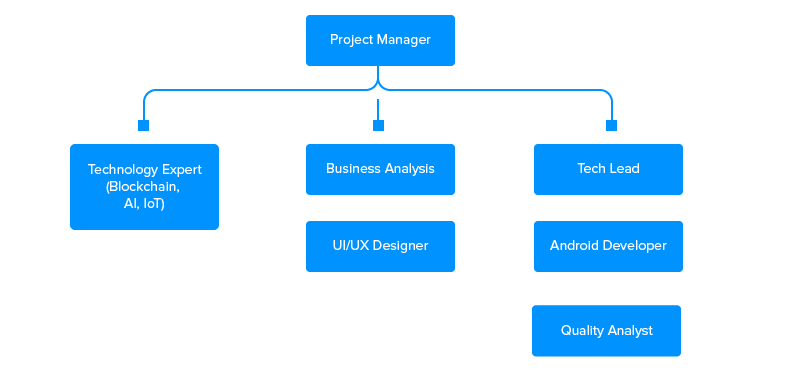
Android Application Development Location
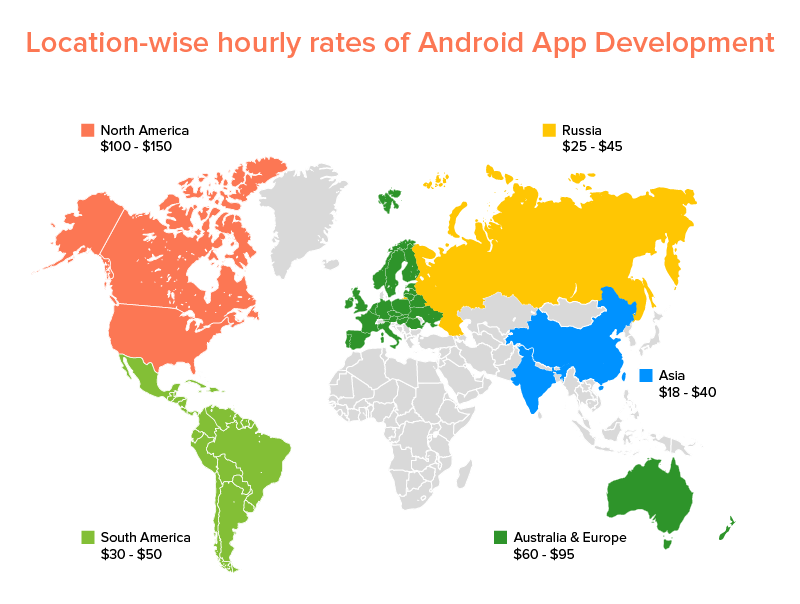
The location factor also plays a pivotal role in determining the overall cost of app development. The same services can vary vastly in cost and quality around the world, because of certain factors governing each region.
The change is inevitable to notice between the west and the east, as shown in the map below. Speaking of which, it is noticed that the Android app development cost in India is way less if compared to the USA or any other western country.
A Comparison of Android vs iOS App Development Cost
Cost As Per Hourly Rates
Well, the cost of any application depends on how much time it took to develop a certain application and also the technology used in the process. Now, Android apps are developed using the Java programming language, whereas iOS applications are based on Swift and Objective-C. It is observed that the developers of the latter languages can charge from 10% to 15% more in comparison to Java developers. This shows that Android apps are less costly than iOS in this regard.
App Designing
The difference between the time spent on developing engaging and intuitive UI Design for both Android and iOS apps is minimal. What is more, there is a lot of room for experimentation and innovation in the Android application development due to the flexible guidelines of Google.
Testing Process
When it comes to the testing of Android apps, it can be a challenging task for the developers. As opposed to the iOS app development, an Android application needs to be tested across numerous screen displays and resolutions to get more unified and better user experience.
App Launch
Due to the strict Apple Guidelines, it becomes arduous for developers to get the application cleared. Whereas Google does not have restricted entry. However, the updated Google policy may suggest some strictness in the process of app selection. Additionally, Apple charges a total of $99 per year, which is way more in front of $25 of Google Play as a one-time fee.
Summing Up
After witnessing all the factors majorly contributing to the final Android app development cost, we can see that it is not possible to have a one-word answer to the question “How Much Does it cost to develop an Android App”. However, these factors are sufficient to some extent in explaining how the cost of any Android app is determined.
Frequently Asked Questions (FAQs)
Q. How to Estimate the Development Cost of an Android App
There is a simple formula that is used to calculate the final cost of Android app development – Hours spent in development multiplied by the billable hours of resources spent.
Q. Why Startups Should Go with Android Application Development?
We could present a plethora of benefits that Android app development offers to startups. Some of the major points from the benefits are:
- Exposure to a huge user base
- Easy Integration
- Cost-effective in many respects
- Scalable and supports customization
- Compatibility with a myriad of devices
Q. What Affects the Cost to Develop an Android App?
There are many factors that contribute to the final cost of Android app development. They are:
- Application discovery
- Market Analysis and scoping
- Designing
- Publishing the application
- The maintenance cost of the application
- Size of the development team
- Location of developers
IT Managed & Outsourcing
Didn't find what you're looking for? Let us know your needs, and we'll tailor a solution just for you.
![Google Material Design’s Impact on Mobile App Design [Complete Guide]](https://staging-appinventiv.kinsta.cloud/wp-content/uploads/2018/07/Mobile-App-Designer’s-Guide-On-Material-Design.jpg)







